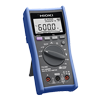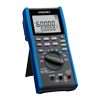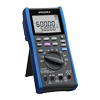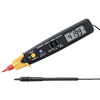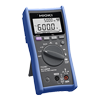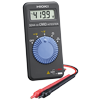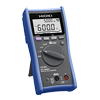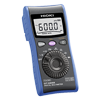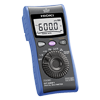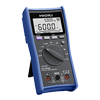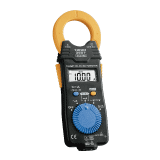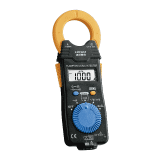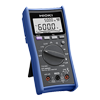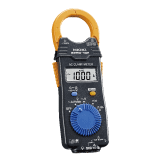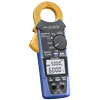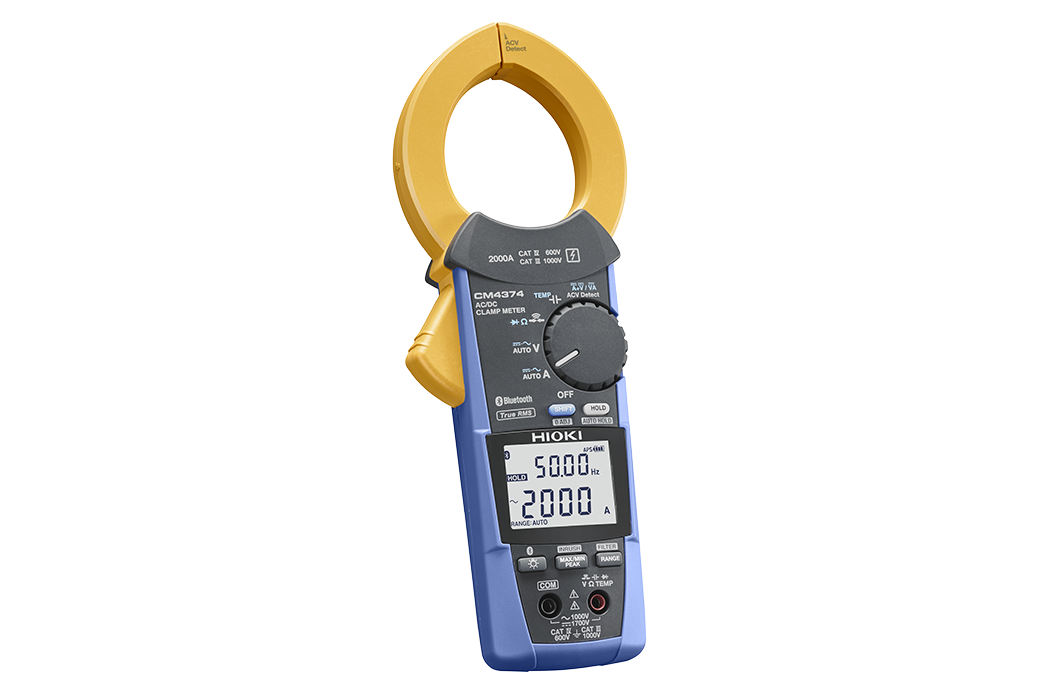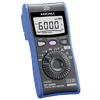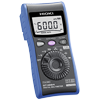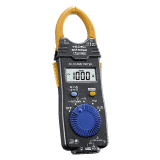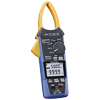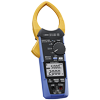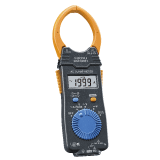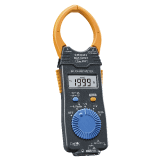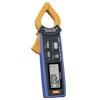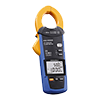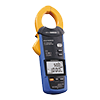What is the measurable range of the Digital Multimeter (tester)?
QWhat are the measurable ranges of a digital multimeter (testers)? In the DC voltage function, 5 ranges are listed: 420.0 mV/4.200 V/42.00 V/420.0 V/500 V (e.g. Card HiTester 3244-60). From what voltage (minimum voltage) can it be measured?
A
In the specifications of Digital Multimeters and Clamp Meters, 'ranges' are indicated.
For example, the minimum range "420.0 mV" of the Card HiTester 3244-60 can display from 0.0 mV to 419.9 mV. And the minimum resolution is 0.1 mV.
However, this does not mean that 0.1 mV can be measured. Basically, the minimum value that can be measured is not specified (except for models which specifies values in the specifications of the instrument).
To determine the minimum value that can be measured, it is important to carry out an accuracy calculation of the instrument.
As an example, the accuracy of the 420.0 mV range of model 3244-60 is specified as ±2.0% rdg. ±4 dgt.
(rdg.=reading/display value, dgt.=resolution)
For example, if the measured value is "100.0 mV", the rdg. error is 100.0 mV x 2.0%, so ±2.0 mV, and the dgt. error is 4 dgt.= ±0.4 mV, for a total of ±2.4 mV.
The error limit for a measurement of 100.0 mV is 97.6 mV to 102.4 mV.
Similarly, if the measured value is "5.0 mV," the rdg. error is 5.0 mV x 2.0%, so ±0.1 mV, and the dgt. error is 4 dgt. = ±0.4 mV, for a total of ±0.5 mV.
The error limit for a measurement of 5.0 mV is 4.5 mV to 5.5 mV.
The error limit for the "100.0 mV" display is ±2.4% of the displayed value, while the error limit for the "5.0 mV" display is ±10% of the displayed value.
The minimum measurable range of the instrument should be determined from the displayed value and the error limit value based on accuracy calculations.

